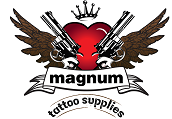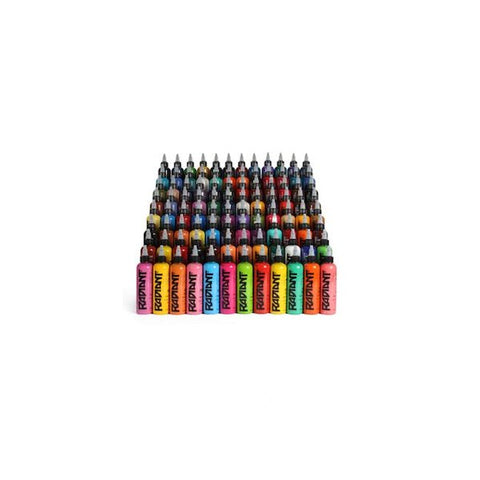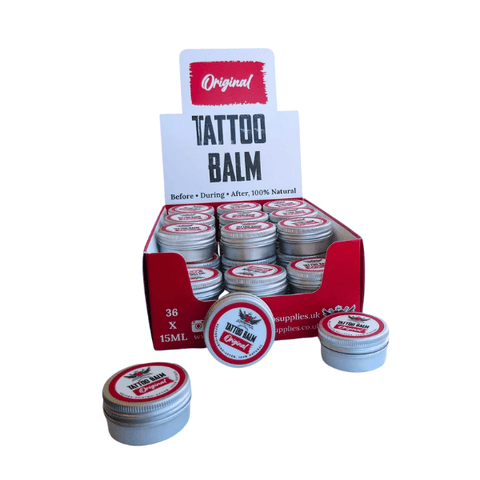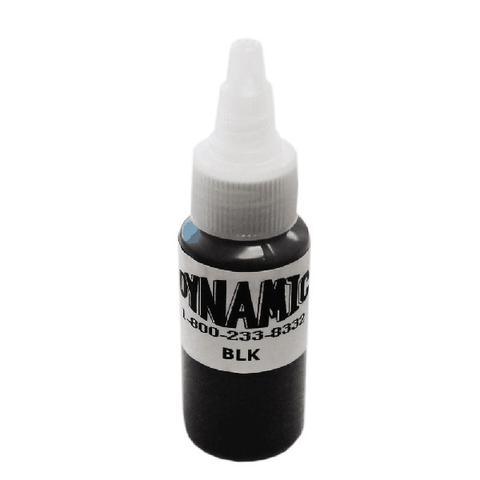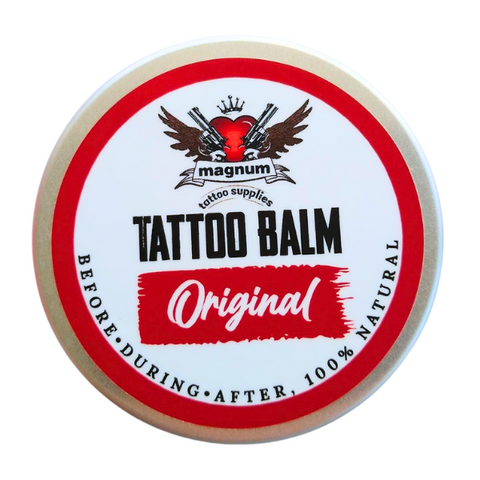How to become a successful tattoo model: Tips and tricks
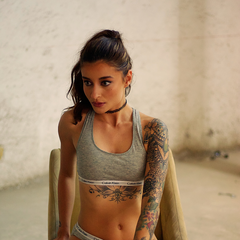
Becoming a tattoo model is hard. It's more than just having tattoos. You need to stand out, keep looking good, pick the right people to work with, and face how people view tattoos in fashion. Also, you need to know how to use social media well to get seen and understand the rules of modeling jobs. So, we will make these tough parts easier, giving you tips on succeeding as a tattoo model.
What is the role of a tattoo model?
A tattoo model plays a specialised role within the fashion, beauty, and entertainment industries, where their body art is showcased as a primary feature of their appearance.
Unlike traditional models who might need a versatile look adaptable to various brands or fashion styles, tattoo models are sought for their unique and often extensive tattoos, which promote clothing, accessories, tattoo-related products like tattoo inks, machine or aftercare products, or artistic and cultural events. Their tattoos serve as a living canvas, highlighting the artistry and stories embedded in their skin.
Moreover, tattoo models may work in various media, including print advertisements, online campaigns, music videos, and fashion shows, where their body art complements the project's thematic elements or aesthetic values.
They not only help normalise tattoos in mainstream culture but also celebrate the diversity and creativity of body art, inspiring both artists and individuals to appreciate tattoos as a form of personal and artistic expression.

Essential requirements to become a tattoo model
Becoming a tattoo model involves a unique blend of requirements that slightly differ from traditional modeling, given the focus on body art. Here are the essential requirements to become a tattoo model:
- Distinctive tattoos: Unique, high-quality tattoos that cover significant portions of the body or are artistically notable.
- Good physical condition: Maintaining a fit physique that complements the visibility and appeal of the tattoos.
- Photogenic appearance: The ability to present oneself well in photographs enhances the model's features and tattoos.
- Professional portfolio: A collection of professional photographs showcasing the model’s tattoos and versatility in posing.
- Social media presence: An active and engaging social media profile that showcases the tattoos and can attract followers and potential employers.
- Flexibility and reliability: The willingness to work various jobs, including photoshoots, fashion shows, and promotional events, often with diverse themes and requirements.
- Communication skills: The ability to effectively communicate with photographers, stylists, and other professionals in the industry.
- Skin care regimen: Commit to maintaining healthy skin to ensure tattoos remain vibrant and photogenic.
- Understanding of the tattoo industry: Knowledge about different tattoo styles, artists, and the culture surrounding body art.
Steps to becoming a tattoo model
Each of these steps is integral to building a successful career as a tattoo model. While the journey requires hard work, dedication, and patience, it can be incredibly rewarding for those passionate about modeling and tattoo art. You can follow these steps:
1. Develop your unique style and portfolio
The first step is cultivating a distinctive tattooed look to make you stand out. This involves getting high-quality and visually striking tattoos and ensuring they represent a coherent style or theme that reflects your personality and modeling aspirations.
Once you have a look you’re confident about, start building a professional portfolio. This should include high-quality photographs of your tattoos, with varied shots that showcase your versatility as a model.
A professional photographer can take these photos and highlight your tattoos in different lighting and from various angles to fully capture their artistry.
For those looking to truly stand out, consider enhancing your portfolio with our "Sniper Tattoo Photography Set." Perfect for models striving to make a mark, this curated photography set will ensure your tattoos are captured in the most flattering light, emphasising the uniqueness and depth of your ink.

2. Maintain a professional online presence
A strong online presence is crucial in today's digital age. Create professional social media accounts dedicated to your modeling career. Platforms like Instagram, Facebook, and TikTok are excellent for showcasing your tattoos and modeling photos.
Engage with your audience by sharing stories behind your tattoos, participating in relevant online communities, and using appropriate hashtags to increase your visibility. Your online presence is your digital portfolio, so keep it professional and consistently updated with high-quality content.
3. Network within the tattoo and modeling industries
Networking is key in the modeling world. Attend tattoo conventions, art shows, and fashion events to meet industry professionals, including photographers, artists, and other models.
These venues are excellent opportunities to showcase your portfolio, exchange contact information, and learn about upcoming projects or modeling gigs. Building relationships with tattoo artists and studios can also lead to sponsorships or collaborations, further enhancing your exposure.
4. Collaborate with photographers and brands
As you build your network, seek collaboration opportunities with photographers and brands. These collaborations can range from photoshoots that expand your portfolio to brand ambassadorships where you represent a company’s products or services.
Such partnerships add to your professional experience and increase your visibility and credibility within the industry.
5. Stay professional and flexible
Professionalism goes a long way in any career, and tattoo modeling is no exception. Be reliable, punctual, and prepared for your photoshoots and events. Flexibility is also crucial, as the nature of modeling assignments can vary widely, from editorial shoots for magazines to live appearances at events. Being open to different types of work will broaden your experience and open more doors in your career.
6. Continuous learning and adaptation
Finally, the fashion and modeling industries are ever-evolving, so staying informed about the latest trends and techniques is important. This might involve taking modeling classes to improve your skills, staying updated on the latest tattoo art trends, or even exploring new social media platforms to expand your reach. Continuous learning and adaptation will help you maintain relevance and success in the competitive field of tattoo modeling.

Can I become a tattoo model if I don't have tattoos?
Becoming a tattoo model without having tattoos would be quite challenging, as the essence of tattoo modeling is to showcase tattoos as part of the model's canvas. Tattoo models are generally hired because their body art aligns with the aesthetic or message that the brand, artist, or publication wants to convey. Without tattoos, you wouldn't fit the typical criteria for this niche within the modeling industry.
However, if you're passionate about entering this field, there are creative approaches, such as wearing temporary tattoos or focusing on collaborations with brands that cater to the tattoo community in other ways, though these opportunities might be limited compared to traditional tattoo modeling.
Some of the famous tattoo models
These individuals are indeed notable figures within the tattoo modeling industry, each having made a significant impact through their unique styles and body art and their presence in various media and fashion campaigns.
- Sara Mills (Sara Fabel) is an Australian tattoo model, artist, and actress known for her extensive tattoo work and distinctive look. She has been a prominent figure in alternative modeling and has worked in tattoo artistry.
- Monami Frost is a Latvian-born model and social media influencer recognised for her full-body tattoos and striking appearance. She has built a brand around her image, including a YouTube channel and a vegan burger restaurant.
- Mercedes Edison (also known as Unimerce) is a DJ and model known for her tattoos and work in the music industry. Her distinctive style and body art have garnered her a substantial following on social media.
- Catherine McNeil is an Australian fashion model known for her work with high-fashion brands and her visible tattoos. She has appeared in numerous fashion magazines and campaigns, showcasing how tattoos can blend with high fashion.
- Bradley Soileau is an American model, DJ, and designer known for his tattoos and appearances in music videos, including several by Lana Del Rey. His distinct look has made him a sought-after figure in fashion and music circles.
- Stephen James is a former professional soccer player turned model, known for his heavily tattooed body and work with major fashion brands. His distinctive look has marked his transition from sports to modeling.
- Ricki Hall is a British model recognised for his beard and tattoos, making him a prominent figure in the fashion modeling world, particularly in campaigns that aim to convey a rugged or alternative aesthetic.
- Megan Massacre is an American tattoo artist and model, known for her appearances on reality TV shows about tattooing. Her work in front of the camera and as a tattoo artist has made her a well-known personality in the tattoo community.
Advice on how to become a tattoo model
Understand the specific demands and opportunities within tattoo modeling.
- Choose visible areas for tattoos and work with reputable artists to ensure your body art is professional and photogenic.
- Use social media platforms like Instagram to display your tattoos and modeling work. Engage with your audience and use relevant hashtags.
- Attend tattoo conventions, fashion events, and social gatherings to connect with photographers, agencies, and other models.
- A well-maintained physique can enhance the appeal of your tattoos and overall look.
- Show up on time, cooperate on shoots, and maintain a positive working relationship with industry professionals.
- Know what sets you apart and how your tattoos contribute to your unique appeal as a model.
- Consider agencies that represent alternative or tattoo models. Be prepared to start small and work your way up.
- Keep up with trends in the tattoo and modeling worlds to stay relevant and marketable.
- Know what jobs you are and aren’t comfortable with, especially in displaying your tattoos.
- As you get more tattoos and experience, ensure your portfolio reflects your growth and versatility.
- Building a career in tattoo modeling can take time. Stay motivated and continue to pursue opportunities.
Final thoughts
To sum it up, the path to becoming a successful tattoo model is about embracing your uniqueness and navigating the industry with confidence and resilience. It's a journey filled with learning and growth, where your distinctive ink and personal style can truly shine.
With dedication and the right approach, you can turn your passion for tattoos into a rewarding career, making a mark in the modeling world that's uniquely your own.
- Tags: business tips tattoo model
- Mark Joshua Luz
